- No products in the cart.

Glimepiride 3mg tab 30 pc
$4.35
Glimepiride 3mg tab 30 pc
Description
Composition
Active substance:
1 tablet contains: glimepiride – 3 mg.
Product form:
3 mg tablets.
Contraindications
Diabetes mellitus type 1; diabetic ketoacidosis, diabetic coma and precoma; state, accompanied by malabsorption of food, and the development of hypoglycemia (infectious disease); leukopenia; severe liver function; severe renal impairment (including patients on dialysis); Hypersensitivity to glimepiride or to any inactive components of the drug to other sulfonylureas or sulfanilamides (risk of hypersensitivity reactions); lactose intolerance, lactase deficiency, glucose-galactose malabsorption; Pregnancy and lactation; Children up to age 18 years.
Carefully:
Conditions that require patient transfer to insulin: extensive burns, severe multiple trauma, major surgery, as well as malabsorption of food and drugs in the gastrointestinal tract – intestinal obstruction, gastroparesis, etc ..
Dosage
3 mg
Indications
The drug is indicated for the treatment of type 2 diabetes previously associated with inefficiency of diet and exercise.
Glimepiride monotherapy with inefficiency, possibly its use in combination therapy with metformin, or insulin.
Interaction with other drugs
The simultaneous use of glimepiride some medications may cause both amplification and attenuation of a hypoglycemic drug action. Therefore, other drugs can be taken only after consultation with your doctor.
Amplification hypoglycemic action and, associated with it, the possible development of hypoglycemia may occur while the application glimepiride insulin, metformin or other oral hypoglycemic agents, inhibitors of angiotensin converting enzyme (ACE) inhibitors, allopurinol, anabolic steroids and male sex hormones, chloramphenicol, coumarin derivatives, cyclophosphamide , trofosfamide and ifosfamide, fenfluramine, fibrates, fluoxetine, sympatholytic (guanethidine), mono inhibitors inooksidazy (MAO), miconazole, pentoxifylline (when administered parenterally in high doses), phenylbutazone, azapropazone, oxyphenbutazone, probenecid, quinolone antibiotics, salicylates and aminosalicylic acid, sulfinpyrazone, some sulfonamides prolonged action, tetracyclines, tritokvalinom, fluconazole.
Attenuation hypoglycemic action, and the consequent rise in blood glucose concentration, can be observed while applying glimepiride with acetazolamide, barbiturates, corticosteroids, diazoxide, saluretics, thiazide diuretics, epinephrine and other sympathomimetic agents, glucagon, laxatives (with prolonged use) nicotinic acid (at high doses) and nicotinic acid derivatives, estrogens and progestogens, phenothiazines, chlorpromazine, phenytoin, p ifampitsinom, thyroid hormones, lithium salts.
Blockers H2-histamine receptors, clonidine and the like can potentiate reserpine and weaken the hypoglycemic action of glimepiride.
Under the influence of sympatholytic agents such as b-blockers, clonidine, guanethidine and reserpine, may weaken or absence of clinical signs of hypoglycemia.
In patients receiving glimepiride may be a strengthening or weakening of the action of coumarin derivatives.
While the use of drugs which suppress bone marrow hematopoiesis, increased risk myelosuppression.
Single or chronic alcohol consumption can both strengthen and weaken the hypoglycemic action of glimepiride.
Overdose
After oral high dose glimepiride may develop hypoglycemia, lasting from 12 to 72 hours, which may recur after initial recovery of blood glucose concentration. In most cases it recommended observation in a hospital environment. May experience increased sweating, anxiety, tachycardia, hypertension, palpitations, pain in the heart, arrhythmia, headache, dizziness, sharp increase in appetite, nausea, vomiting, lethargy, drowsiness, restlessness, aggressiveness, impaired concentration, depression , confusion, tremor, paresis, sensory disorder, seizures of central origin. Sometimes the clinical picture of hypoglycemia may resemble a stroke. Perhaps the development of coma.
Treatment involves the induction of emesis, excessive drinking with activated charcoal (adsorbent) and sodium picosulphate (laxative). When receiving large quantities of preparation shown gastric lavage, followed by administration of sodium picosulfate and activated carbon. As soon as possible begin administering dextrose, if appropriate in the form of an intravenous bolus of 50 ml of 40% solution, followed by introducing the infusion of 10% solution, with careful monitoring of blood glucose concentration. Subsequently, treatment should be symptomatic.
In the treatment of hypoglycemia, which developed due to accidental reception glimepiride babies or small children, in order to avoid hyperglycemia, should be controlled dose of dextrose (50 mL of 40% solution) and continuously monitor the concentration of glucose in the blood.
pharmachologic effect
Pharmacological group:
Hypoglycemic agent for oral use group III generation sulfonylureas.
Pharmacodynamics:
Glimepiride is a hypoglycemic drug for oral application – generation sulfonylurea derivative III.
Glimepiride acts mainly by stimulating the secretion and release of insulin from the pancreatic beta cell (pancreatic effect). Like other sulfonylurea derivatives, the basis for this effect is the increase in reaction pancreatic beta cells to the physiological glucose stimulation, the amount of insulin secreted significantly less than under the action of conventional drug – sulfonylureas. The least stimulating effect of glimepiride on insulin secretion and provides a lower risk of hypoglycemia. In addition, glimepiride action has vnepankreaticheskim – ability to improve the sensitivity of peripheral tissues (muscle, fat), to native insulin action, reduce the absorption of insulin by the liver; inhibited glucose production in the liver. Glimepiride and selectively inhibits cyclooxygenase reduces the conversion of arachidonic acid to thromboxane A2, which promotes platelet aggregation, thereby exerting antithrombotic action.
Glimepiride helps normalize lipid content, reduces the level of malondialdehyde in the blood, which leads to a significant reduction of lipid peroxidation, it promotes the antiatherogenic effect of the drug.
Glimepiride increases levels of endogenous a-tocopherol, catalase, glutathione peroxidase and superoxide dismutase, thereby reducing the severity of oxidative stress in the patient, which is always present in diabetes mellitus type 2.
Pharmacokinetics:
Repeated reception of glimepiride in a daily dose of 4 mg of the maximum serum concentration (Cmax) is achieved after about 2.5 hours and is 309 ng / ml; there is a linear relationship between dose and Cmax, as well as between the dose and AUC (area under the curve “concentration-time”). When administered glimepiride its bioavailability is 100%. Food intake has no significant effect on the absorption, with the exception of a slight slowing the rate of absorption. For glimepiride characterized by a very low volume of distribution (about 8.8 liters) approximately equal to the albumin distribution volume, high protein binding (99%) and low clearance (about 48 ml / min).
After a single oral dose of glimepiride kidneys displayed 58% and through the intestine – 35%. Unchanged substance in the urine was not found. The half-life of plasma when drug concentrations in the serum corresponding to the multiple dosing regimen, is 5-8 hours. After high-dose half-life increases slightly.
The urine and feces revealed two inactive metabolites, probably formed as a result of metabolism in the liver, one of them is a hydroxy compound, and the other – carboxy derivative. After oral administration of glimepiride terminal half-life of these metabolites is 3-5 hours and 5-6 hours, respectively.
Glimepiride is excreted in breast milk and crosses the placenta. The drug does not penetrate the blood-brain barrier.
Patients with impaired renal function (low creatinine clearance) tended to increase the clearance of glimepiride and to reduce its average concentration in blood serum, which is likely due to a more rapid clearance of the drug due to its lower binding protein. Thus, in these patients there is no additional risk of accumulation of the drug.
Pregnancy and breast-feeding
Glimepiride is contraindicated in pregnant women. In the case of planned pregnancy or if pregnancy occurs the woman should be transferred to insulin.
Since glimepiride, apparently passes into breast milk, it should not be administered to women during lactation. In this case, you must go to insulin or to stop breastfeeding.
Conditions of supply of pharmacies
On prescription.
side effects
From a metabolism: in rare cases may develop hypoglycemic reactions. These reactions primarily occur soon after taking the drug, may have severe and over and are not always easy to stop. The onset of these symptoms depend on individual factors such as eating habits and dosing.
On the part of the organ of vision: during treatment (especially at the beginning) may experience transient visual disturbances caused by changes in blood glucose concentration.
On the part of the digestive system organs: sometimes may experience nausea, vomiting, a feeling of heaviness or discomfort in the epigastric abdominal pain, diarrhea, rarely leading to discontinuation of treatment; in rare cases – increase in “liver enzymes”, cholestasis, jaundice, hepatitis (until the development of liver failure).
From hemopoiesis system: seldom possible thrombocytopenia (moderate to severe), leukopenia, hemolytic or aplastic anemia, erythropenia, granulocytopenia, agranulocytosis and pancytopenia.
Allergic reactions: sometimes may cause urticaria (itching, skin rash). Such reactions are usually moderate, but can progress, accompanied by a fall in blood pressure, dyspnoea, until the development of anaphylactic shock. When the hives should immediately consult a doctor. Possible cross-allergy with other sulfonylureas, sulfonamides, also may develop an allergic vasculitis.
Other side effects: in exceptional cases may develop headaches, fatigue, hyponatremia, photosensitivity, late cutaneous porphyria.
Some adverse effects (serious hypoglycemia, serious changes in blood counts, severe allergic reaction, hepatic failure) may under certain circumstances constitute a threat to the life of the patient. In case of adverse reactions or severe the patient must immediately inform their doctor and in no case do not continue taking the drug without his recommendation.
special instructions
Glimepiride should be taken in recommended doses, and at the appointed time. Errors in the use of the drug, e.g., skipping reception never be eliminated by a subsequent receiving higher doses. The doctor and patient should discuss in advance the measures to be taken in case of errors (eg, missed doses or meal) or in situations where reception is not possible the next dose at the scheduled time. The patient should inform the doctor immediately in case of receiving too high a dose.
The development of hypoglycemia in the patient after administration of 1 mg of glimepiride per day means the possibility of glycemic control with diet only.
Upon reaching the compensation of type 2 diabetes increases the sensitivity to insulin. In this regard, in the treatment process can decrease the need for glimepiride. To avoid hypoglycemia, you must temporarily reduce the dose or cancel glimepiride. Dose adjustment should be carried out also when changing the patient’s body weight, its way of life, or when other factors that increase the risk of hypo- or hyperglycaemia.
Adequate diet, regular and sufficient physical exercise and, if necessary, reduction of body weight are just as important to achieve optimal control of blood glucose levels, as well as regular intake of glimepiride.
Clinical symptoms of hyperglycemia are: increased frequency of urination, excessive thirst, dry mouth and dry skin.
In the first weeks of treatment may increase the risk of hypoglycemia, which requires very careful monitoring of the patient. The treatment with glimepiride irregular eating or skipping meals may develop hypoglycemia. Its possible symptoms are: headache, hunger, nausea, vomiting, tiredness, sleepiness, sleep disturbances, restlessness, aggressiveness, impaired concentration and reactions, depression, confusion, speech and visual disorders, aphasia, tremor, paresis, sensory disturbances, dizziness, loss of self-control, delirium, cerebral convulsions, confusion or loss of consciousness including coma, shallow breathing, bradycardia. In addition, as a result adrenergic feedback mechanism can arise symptoms such as cold, clammy sweat, anxiety, tachycardia, increased blood pressure, angina, and cardiac arrhythmias.
Factors contributing to the development of hypoglycaemia include: • unwillingness or (especially in the elderly) lack of ability of the patient to cooperate with the doctor · defective, irregular meals, skipping meals, fasting, changes in dietary habits; · imbalance between physical exertion and carbohydrate intake · alcohol, especially in combination with the omission meal · renal dysfunction · severe liver dysfunction; glimepiride overdose · · some uncompensated illness endokr Ina system affecting carbohydrate metabolism (e.g., disorders of the thyroid gland, pituitary insufficiency or adrenocortical insufficiency); · the simultaneous use of certain other drugs (see “Interaction with other drugs.”).
The doctor should be informed of the above factors and on episodes of hypoglycemia, as they require very strict monitoring of the patient. In the presence of such factors that increase the risk of hypoglycemia, you should adjust the dose of glimepiride or the entire regimen. This should be done in case of intercurrent disease or changes in lifestyle.
Symptoms of hypoglycemia can be smoothed or completely absent in the elderly, in patients with autonomic neuropathy or receiving simultaneous treatment with b-blockers, clonidine, reserpine, guanethidine or other sympatholytic drugs. Hypoglycaemia can almost always be quickly cupped immediate intake of carbohydrates (glucose or sugar, for example, in the form of sugars, sweet fruit juice or tea). In this regard, the patient should always be in possession of at least 20 grams of glucose (sugar 4 slices). Sweeteners are not effective in the treatment of hypoglycemia.
From experience with other sulfonylureas known that in spite of the initial success of the relief of hypoglycemia, its recurrence is possible. In this regard, it is necessary a continuous and careful monitoring of patients. Severe hypoglycemia requiring immediate medical treatment under the supervision of a physician, and under certain circumstances, and hospitalization.
If a patient suffering from diabetes mellitus treated by different doctors (for example, during a stay in the hospital after the accident, with the disease at the weekend), it should be sure to inform them about the disease and previous treatment.
During treatment glimepiride requires regular monitoring of liver function and peripheral blood picture (especially the number of leukocytes and platelets).
In stressful situations (for example, trauma, surgery, infectious diseases accompanied by fever) may be necessary during the temporary transfer of the patient to insulin.
No experience with glimepiride in patients with severely impaired liver and kidney function or in patients on hemodialysis. Patients with severe renal impairment and liver shows transfer to insulin.
During treatment with glimepiride requires regular monitoring of blood glucose concentrations and glycosylated hemoglobin concentrations.
Effects on ability to drive vehicles and other mechanisms
At the beginning of treatment, when switching from one drug to another, or irregular reception glimepiride can occur due to hypo- or hyperglycemia, decreased concentration and psychomotor speed patient reactions. This may adversely affect the ability to road management or the management of a variety of machines and mechanisms.
Storage conditions
At a temperature of not higher than 25 C.
Keep out of the reach of children!.
Dosing and Administration
The drug is used inside. Initial and maintenance dose of glimepiride is determined individually on the basis of regular monitoring of blood glucose levels.
Starting dose and dose selection
Early treatment administered 1 mg of glimepiride once daily. Upon reaching the optimal therapeutic effect it is recommended to take this dose as maintenance.
In the absence of glycemic control, the daily dose should be gradually increased under regular control of blood glucose concentration (at intervals of 1-2 weeks) to about 2 mg, 3 mg or 4 mg per day. Doses in excess of 4 mg per day are effective only in exceptional cases. The maximum recommended daily dose – 6 mg.
Time and frequency of receiving a daily dose determined by the physician taking into account the way of life of the patient. The daily dose is administered in one portion immediately before or during the dense breakfast or the first main meal. glimepiride tablets are taken as a whole, not liquid, a sufficient amount of water (about 0.5 cups). It is not recommended to skip a meal after consumption of glimepiride.
duration of treatment
glimepiride treatment is long, under the control of glucose in the blood and urine.
Use in combination with metformin
In the absence of glycemic control in patients treated with metformin may be initiated concomitant glimepiride therapy. While maintaining the dose of metformin stagnant glimepiride treatment starts with the lowest dose, and then the dose is gradually increased depending on the desired level of glycemic control, up to a maximum daily dose. Combined therapy should be under close medical supervision.
Use in combination with insulin
In cases when it can not achieve glycemic control receiving maximum doses of glimepiride monotherapy or in combination with a maximum dose of metformin, glimepiride possible combination with insulin. In this case, the latter assigned to the patient a dose of glimepiride, remains unchanged. Thus insulin treatment starts with the lowest dose, possibly followed by a gradual increase in the dose under the control of blood glucose concentration. Combined treatment requires mandatory medical supervision.
Translation patients with other oral hypoglycemic agents to glimepiride
When transferring the patient with other oral hypoglycemic drug on glimepiride initial daily dose of the latter should be 1 mg (even if the patient is transferred to a maximum dose of glimepiride other oral hypoglycemic drug). Any increase in the dose of glimepiride be carried out in stages in accordance with the above recommendations. It is necessary to take into account the efficacy, dose and duration of hypoglycemic agent used. В некоторых случаях, особенно при приеме гипогликемических препаратов с большим периодом полувыведения (например, хлорпропамида) может возникнуть необходимость во временном (в течение нескольких дней) прекращении лечения во избежание аддитивного эффекта, повышающего риск развития гипогликемии.
Translated patient with insulin on glimepiride
В исключительных случаях, при проведении инсулинотерапии у больных сахарным диабетом типа 2, при компенсации заболевания и при сохранной секреторной функции b-клеток поджелудочной железы, возможна замена инсулина глимепиридом. The translation must be under close medical supervision. При этом перевод больного на глимепирид начинают с минимальной дозы в 1 мг.
Information
Appearance may differ from that depicted in the picture. There are contraindications. You need to read the manual or consult with a specialist
Additional information
| Weight | 0.100 kg |
|---|---|
| Manufacturer | Russia |

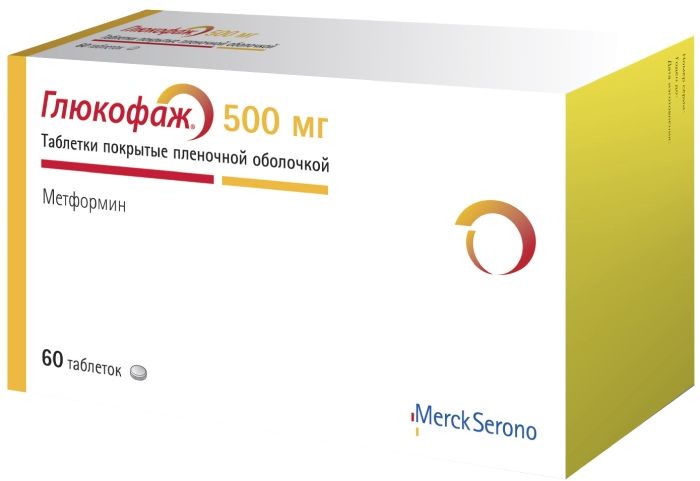
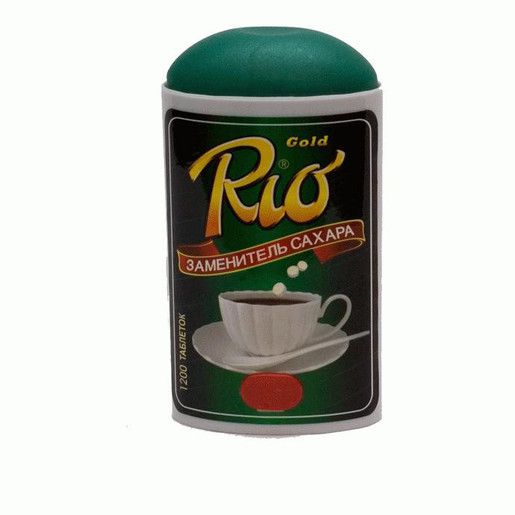
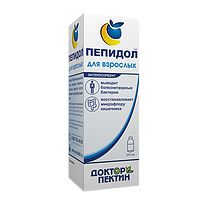

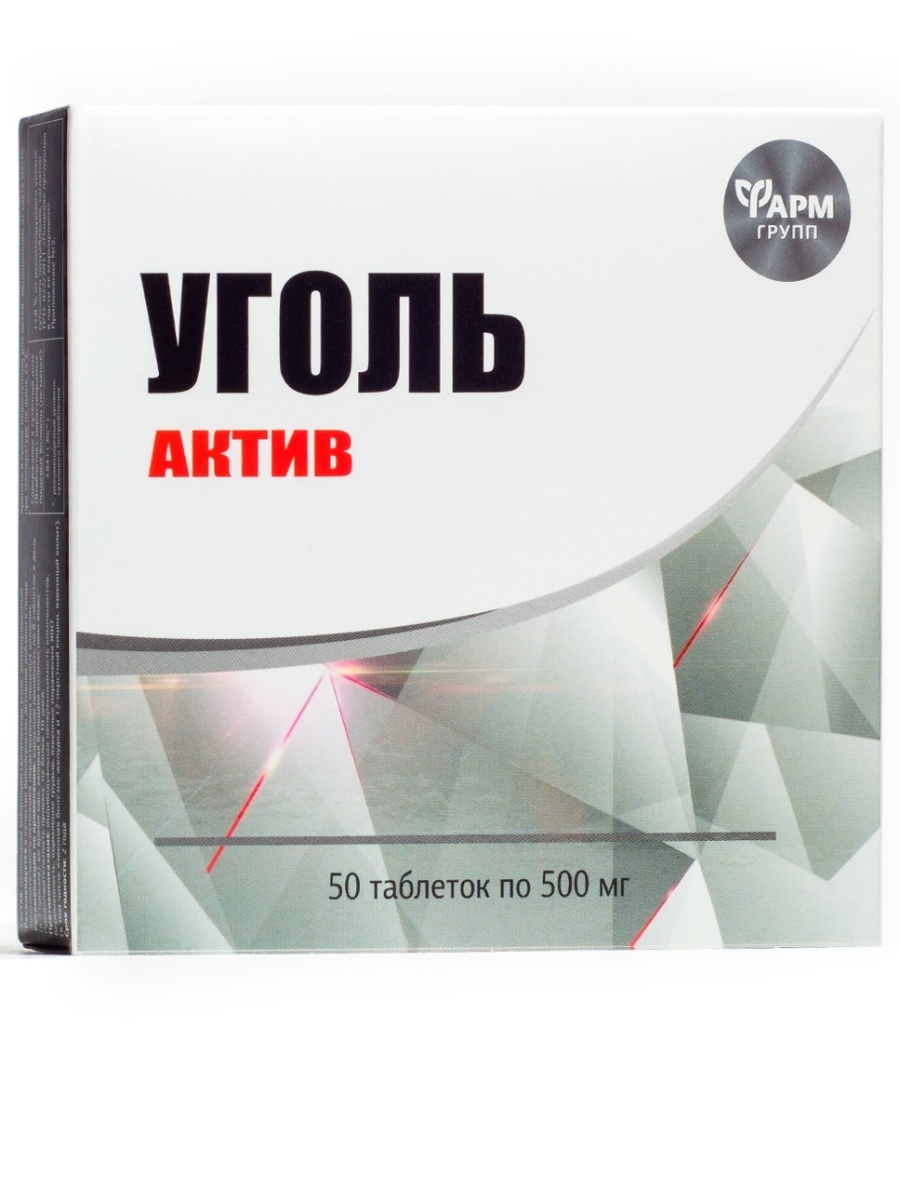

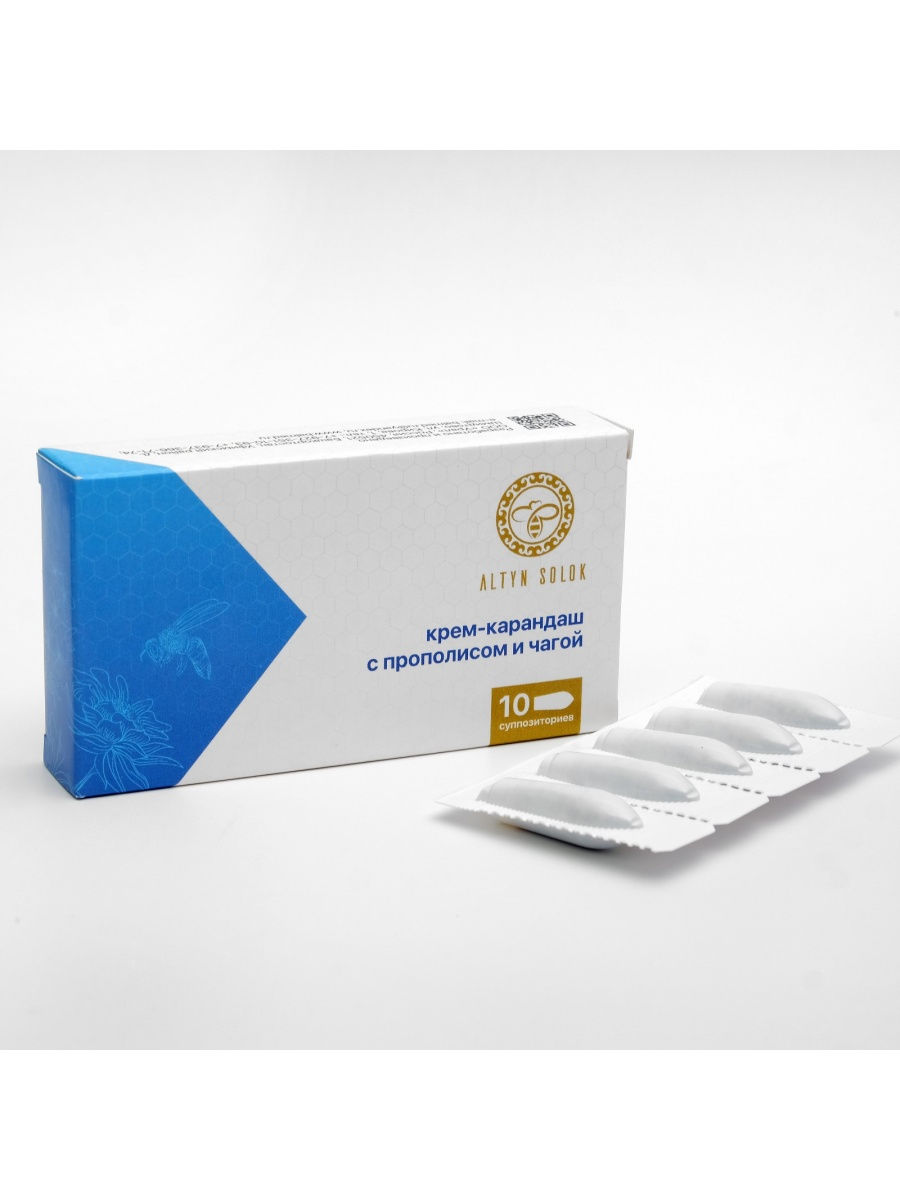




There are no reviews yet.